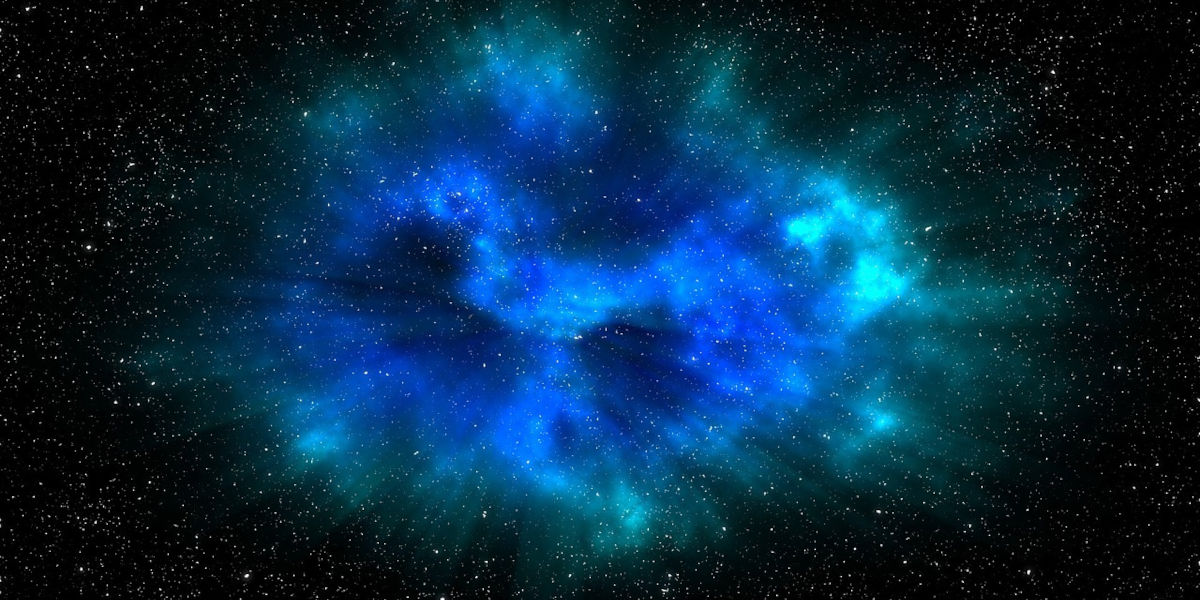The cosmos is an enormous expanse of mystery, wonders, and celestial bodies where everything that we see – the gleaming stars, the radiant galaxies, and even our own planet – was conceived. One of the most captivating phenomena happening in the vast reaches of space is the birth of stars. It's a process which isn't as simple as the twinkling lights we perceive in the night sky. It's a marvel of galactic proportions that involves a complex series of star formation processes. In this article, we begin the exploration into the stunning world of the nebulae and star birth, providing answers to the ever-present question: How are stars born?
Nebulae: Cosmic Cradles of Star Birth
Understanding star birth commences with understanding nebulae, the celestial maternity wards where stars are born. Nebulae are colossal celestial clouds of dust, hydrogen, helium, and other ionized gases. Tucked away in these vibrant nurseries, stars form subtly yet intensely, across millions of years. But how does such a complex process begin in the vast nursery of nebulae? It all starts with gravity.
Despite its apparent static status, a nebula isn't stagnant. The gas and dust within the nebula are always moving— albeit very slowly. Over time, certain factors, such as a nearby supernova explosion or the collision of galaxies, could lead to areas within the nebula becoming denser than the others. It’s within these dense pockets that gravity starts to pull the nebular material together. As these pockets become denser and hotter, they start to compress under their own weight, creating a rotating cloud of gas and dust known as a protostar.
The Marvel of Star Formation Processes
With the birth of a protostar, the nascent stages of star formation processes commence. A protostar, while quite dense and hot, is not yet a star in the true sense. Its core is still too cool for nuclear fusion — the process responsible for a star’s radiance and energy, to take place. Over thousands to millions of years, the protostar continues to condense, and its core temperature rises gradually. Once it reaches a critical temperature, nuclear fusion initiates, hydrogen atoms collide and merge to create helium — releasing vast amounts of energy in the process. The outflowing photon pressure from this energy generation counters the gravitational pull, establishing a stellar equilibrium state — and with it, a star is born.
This, in essence, is how stars are born, nurtured within the cosmic cradles of nebulae, culminating from a complex series of star formation processes. In the following sections, we delve deeper into the intricacies of the various stages of star formation, starting with the beautiful and nebulous nurseries where it all begins, to the fiery heart of the newly formed star. Join us as we journey through the captivating lifecycle of a star, a testament to the breathtaking spectacle that is our universe.
Building on where we left off, these nebula nurseries, with untapped gas and dust masses, allow for a conducive environment for the birth of stars—imagine the grandeur of stellar life cycles starting merely with nebulous molecular clouds. Now, let's delve deeper into this fascinating astronomical journey.
The Crucial Embryonic Phase
Once a dense region within the nebula accumulates a significant mass, the relatively quiescent cloud begins to contract under its gravity. This phase, astronomically defined as a protostar, undergoes an intense heating process. The heat produced, primarily due to gravitational energy conversion, radiates away into space via thermal emission, allowing the protostar to cool and contract further.
This process continues unabated, causing increasing pressure and temperature conditions within the protostar, leading us to the next foundational event in a star's life. This event, and in-fact the central theme of our stellar formation opera, is nuclear fusion.
The prevailing temperatures and pressures within the protostar initiate rapid nuclear reactions, forming a new heavier element, helium, out of simple hydrogen nuclei. This event signifies the birth of a new star as it starts shining brightly, now independent of gravitational contraction for its energy source.
Star Formation: A Dynamic Process
Fascinatingly, this process isn't isolated. Interactions within the nebula drive the star formation process into clusters, forming stellar nurseries. Matter around the stars is circulated and recycled, leading to subsequent star generations. As for the nurseries, they eventually disperse due to a variety of events, such as supernovae or giant molecular clouds' wild and chaotic movements.
Exploring Beyond: Protostar Variations
What about the stars smaller or larger than our solar archetype? The initial conditions within the nebula, paired with the mass of the protostar, profoundly influence the developmental path and eventual size of the star.
Stars less than half our Sun's mass, or low-mass stars, spend a longer gestational period within the nebula nursery. They consume their fuel at a slower pace, meaning they 'live' longer. On the contrary, for stars significantly larger than our Sun, or high-mass stars, their relatively quick formation and fuel consumption make their lifespan short-lived.
In Conclusion: A Symphony of Birth and Death
Thus, nebula nurseries show us this symphony of stellar birth and inevitable death. They frame an astronomical theatre where new stars are born, taking their place in the galaxies as they illuminate our universe, while old ones die off in spectacular supernovae. The continuous cosmic dance of destruction and creation is indeed a reminder of the breathtaking journey of star formation.




